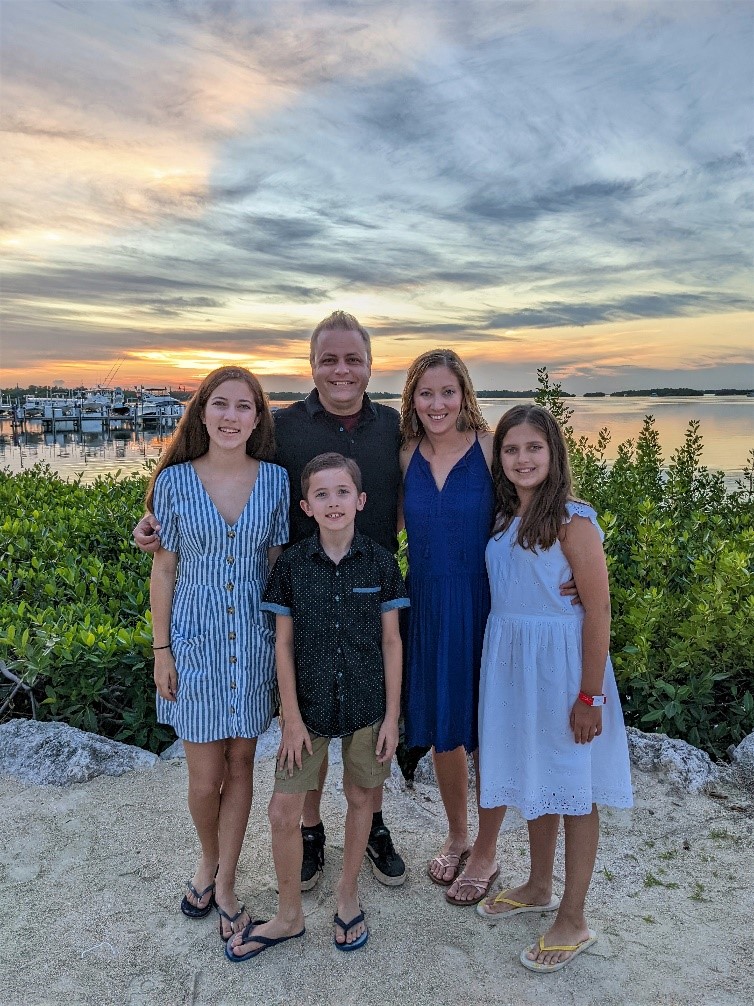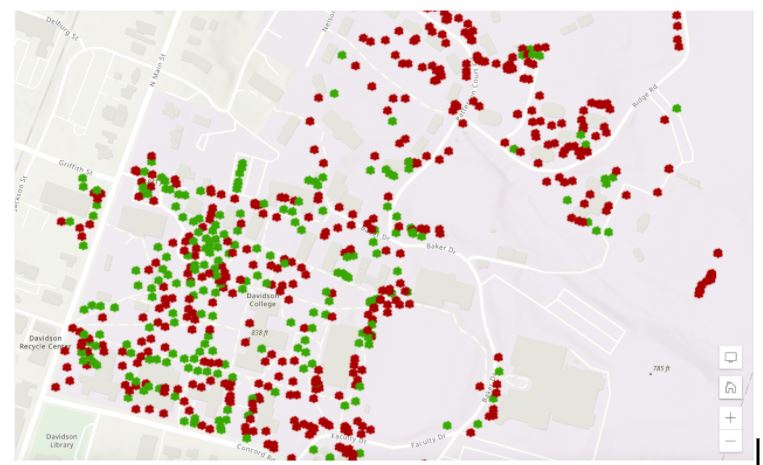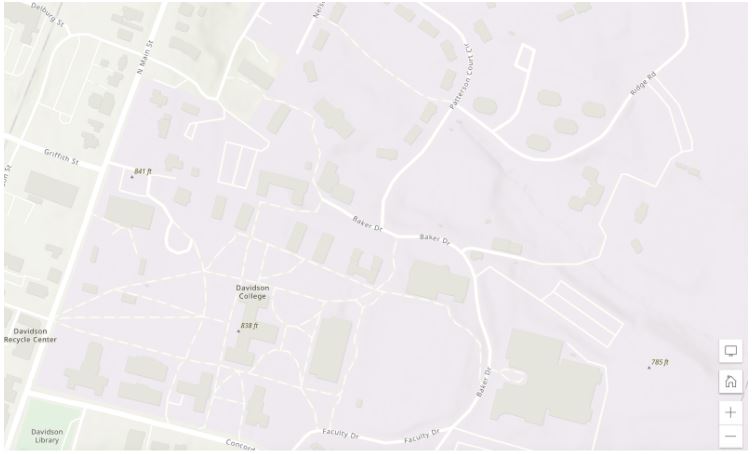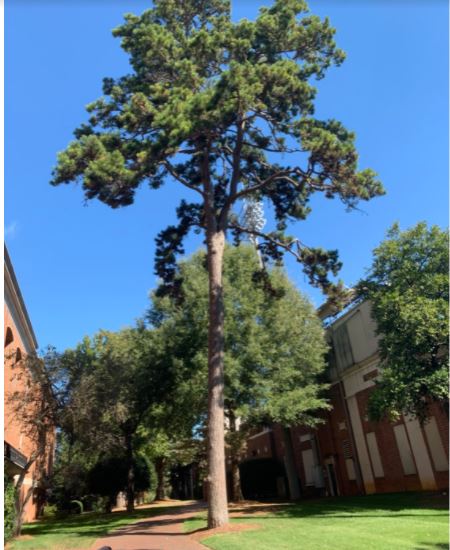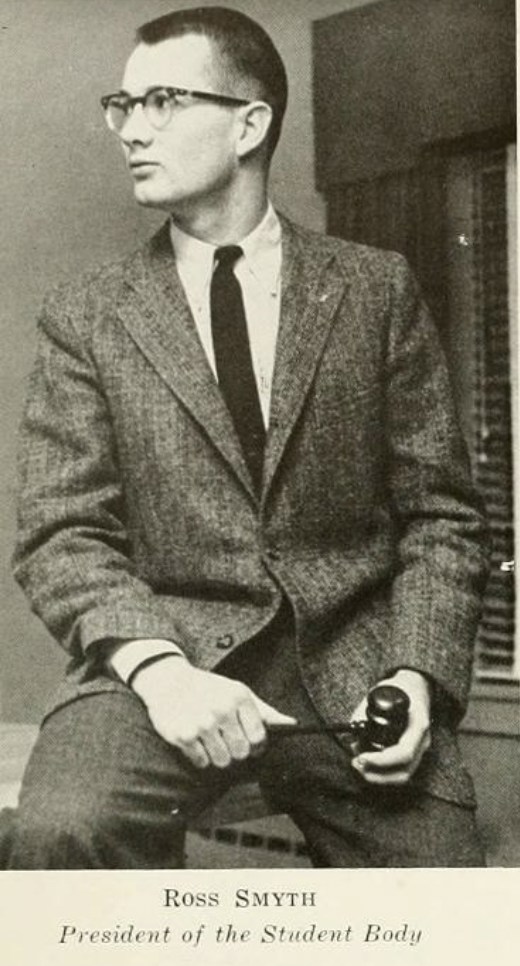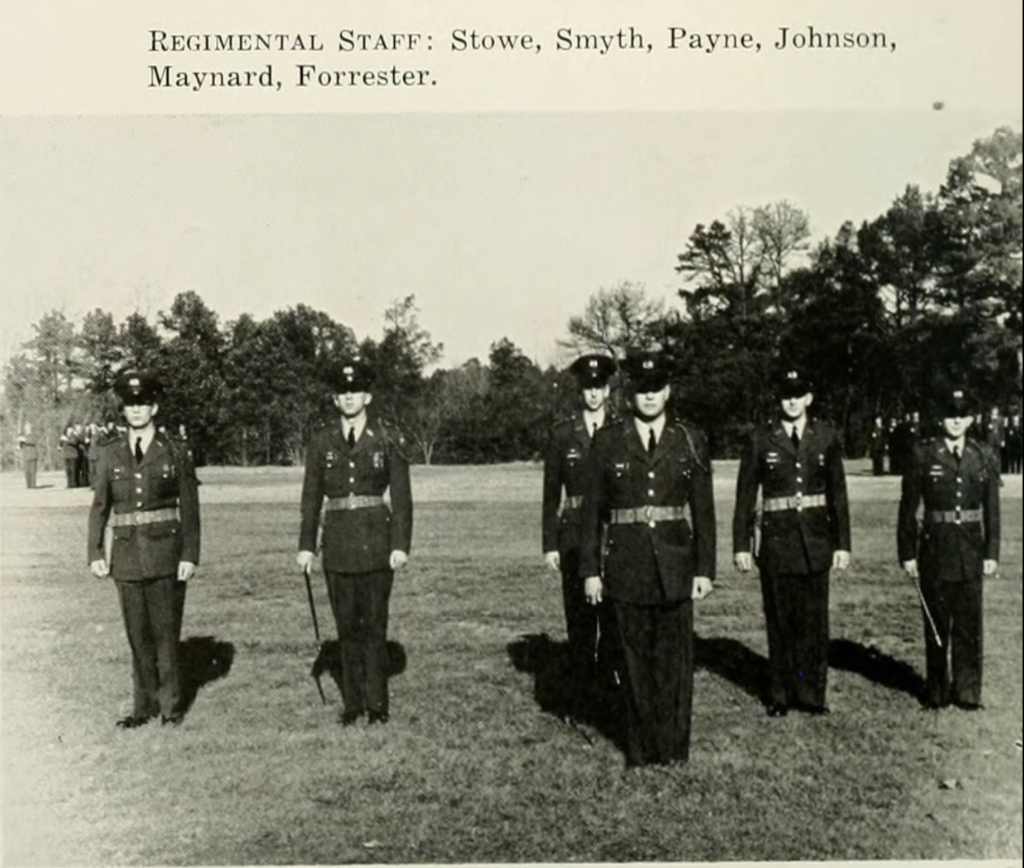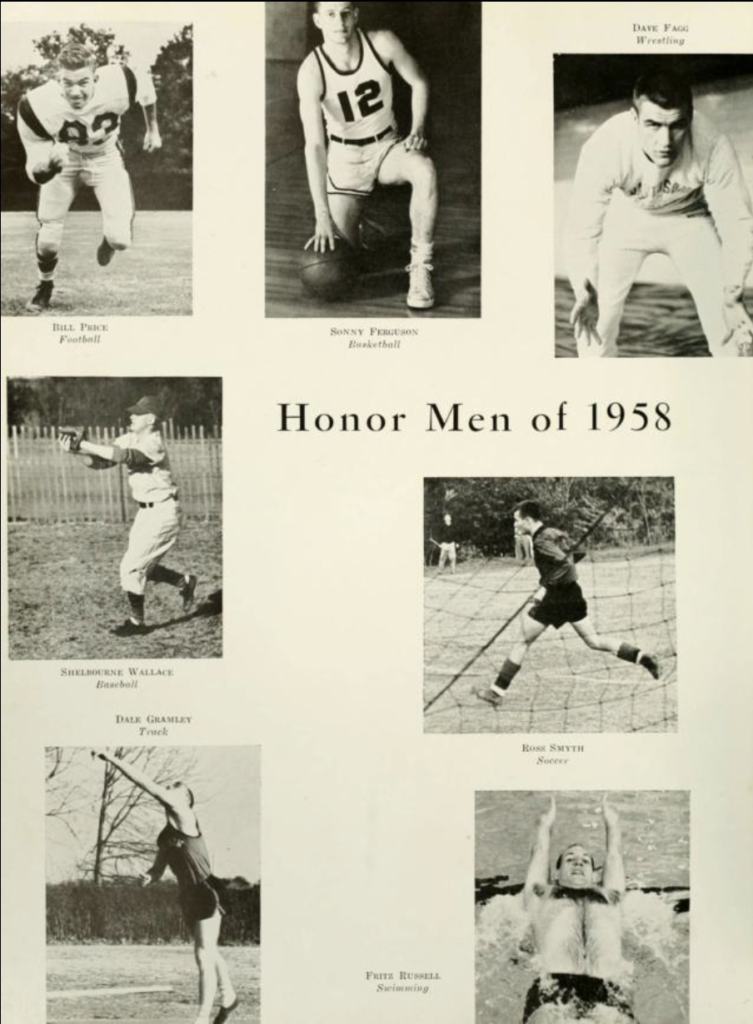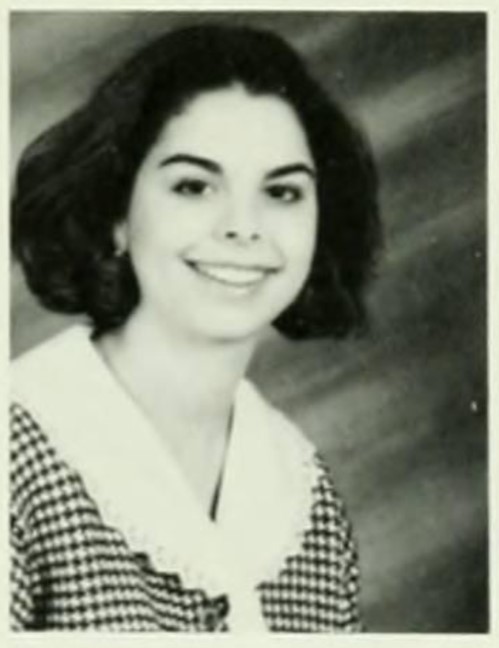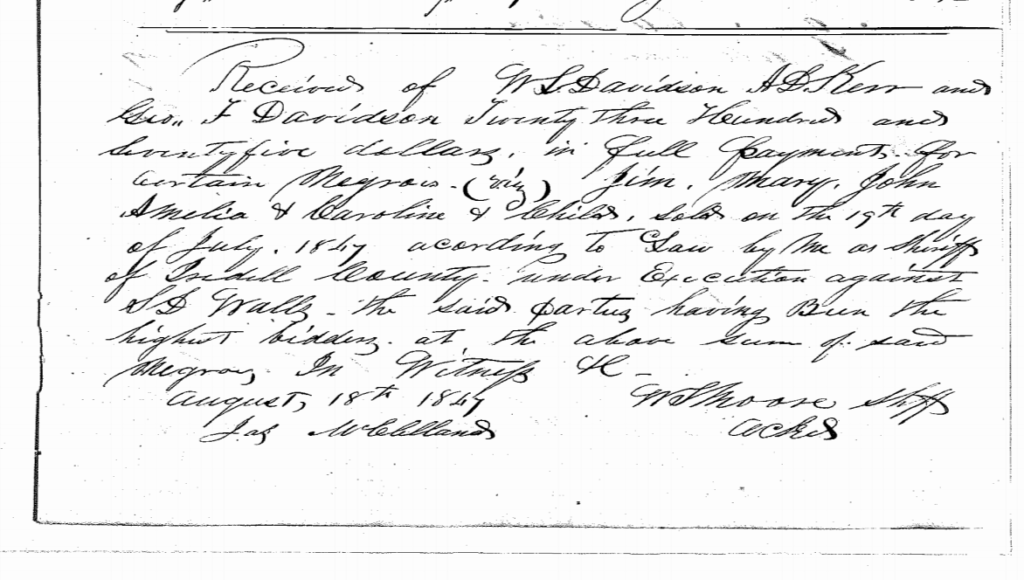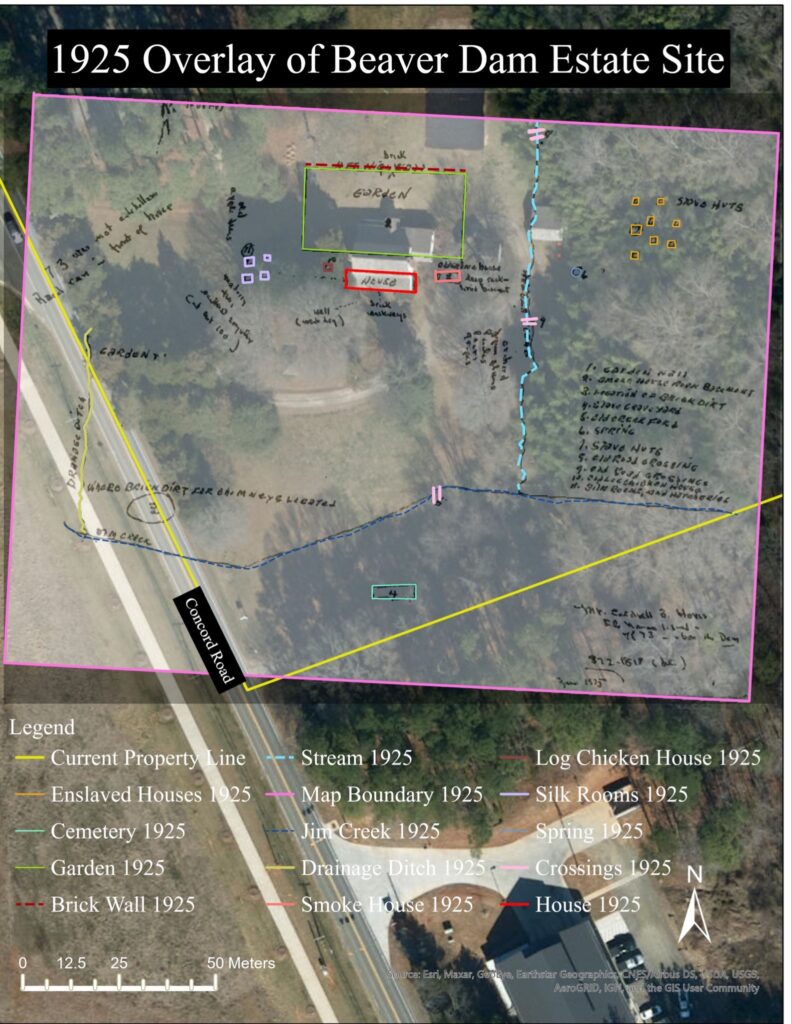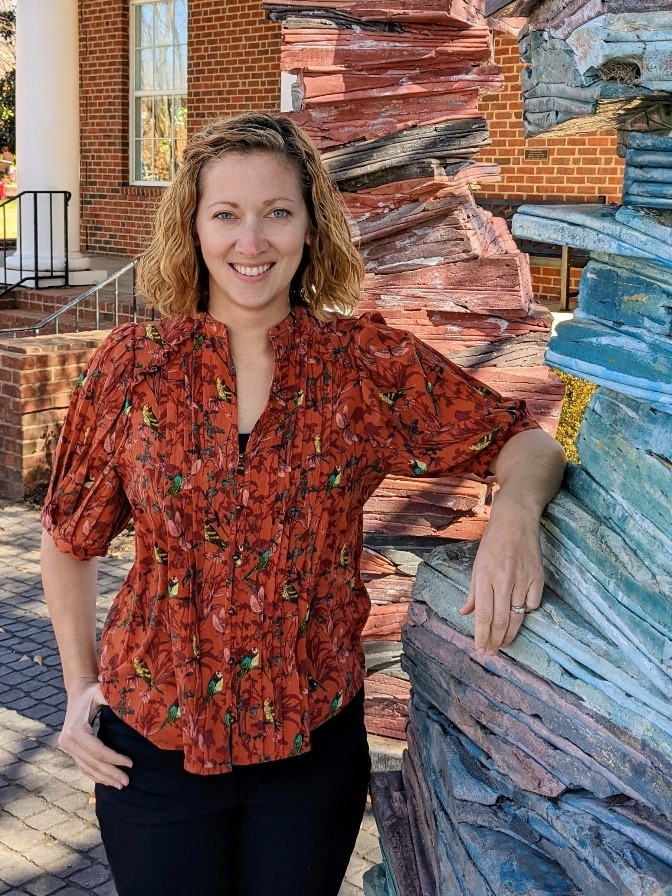
1. You’re just beginning to get to know the E.H. Little Library – what’s your background and how has it contributed to your work in the library? Please tell us about your current educational endeavor as well.
My background is varied. I grew up on a barrier island in Florida, so I’ve worked in several areas of the hospitality industry. I was originally an Art major at the University of Florida, ultimately graduated with a degree in Sociology and Education, and took a lot of history classes on the side. I taught Middle School Social Studies (and substitute taught at all grade levels), spent several years focused on my children as a stay-at-home mom, passed my licenses to work in Financial Advising, and later moved into Underwriting Case Management. When I had the opportunity to change careers and go back to school, I put a lot of thought into the aspects that I’ve truly loved about jobs, and researched career paths that related to my personality types, and when it hit me – Library Science – it felt like one of those facepalm moments. “Of course! Why did it take me so long to get here?” I’ve always been an avid reader (picture the kid who walked the halls with a book held in front of her face), but apart from that, I love planning, organizing, research, learning new things, and helping people. I feel like all of these are supported and encouraged in libraries. I am currently in my second semester of a Master of Library Science degree, through East Carolina University’s remote program, and every class I take is further evidence that I love this field.
2. What about the Acquisitions & Collections Specialist position interested you?
In general, this position interested me because it is both very detail orientated and involves a lot of searching and organization, which is right up my alley. I get to satisfy my curiosity by perusing the books that come across my desk on subjects I might not have sought out on my own. I was also interested in it for the opportunity it gave me to gain quality library experience – with the library systems integration, cataloging, inventory projects and hopefully eventually what will probably be a giant project of prepping and storing the collection during a massive library remodel – I look at it all as an opportunity to grow! My husband told me the other day, “I’ve never met anyone who was more perfectly matched to their job than you.” I look forward to professional development opportunities and learning more about the “real world aspects” of the different areas that librarians can specialize in, as I work towards my own degree.
3. Are there any projects you’re particularly passionate about introducing to Davidson? I would love to be involved in some type of diversity audit of our collection. I think we’ll need to get through a few other types of inventory and conversion projects first, so we have a better starting point, but something to consider down the road. Prior to my arrival the Collections Strategies team had already discussed identifying local and BIPOC owned bookstores we could divert some purchases to instead of our larger vendors, and I’m currently researching and compiling a list to move forward with that, in addition to playing with some ideas to get our Main Street Books Browsing collection rotating more regularly. I also think it would be fun to work with other teams to cultivate, purchase and then highlight in the lobby “mini collections” for students that center around current news issues or social trends; “adulting,” mental health, developing study skills, or even around some of the most popular subjects of classes taught here at Davidson.
4. You haven’t been here long yet, but what has been your most memorable or surprising experience at Davidson thus far?
My most surprising experience has been how peaceful it is here – my days fly by, and I go home content and mentally ready to be knocked over by my (very large) puppy and cornered by my 3 chatterbox kids the second I walk in the door. Although Covid/Omicron meant my first few weeks were a little different than planned – with most of the faculty/staff unexpectedly working remotely – as I slowly meet everyone I am so pleased by the welcoming atmosphere and overall Library vibe.
5. What are three things you want Davidson’s community to know about you?
I’m going to answer this question with some ice-breaker game type facts:
- I love being involved in my “Women’s Adventure Club” – we’ve experienced yoga sessions with Llamas, navigating white water rapids after our guide was thrown out, hiking, archery, a “U-Pick” wildflower farm, game show nights, crafts, winery 5ks…anything that gets us out there and having fun together.
- I’m a huge believer that anyone can connect, and age is just a number – so it doesn’t matter if you are a student worker, or think you have totally different interests than me, or are soon to retire – I would love to meet you or lend a helping hand!
- Not only have my husband and I known each other our entire lives, but I can honestly say that I exist because of my Mother-in-law. You can ask me the story if we meet in person!
